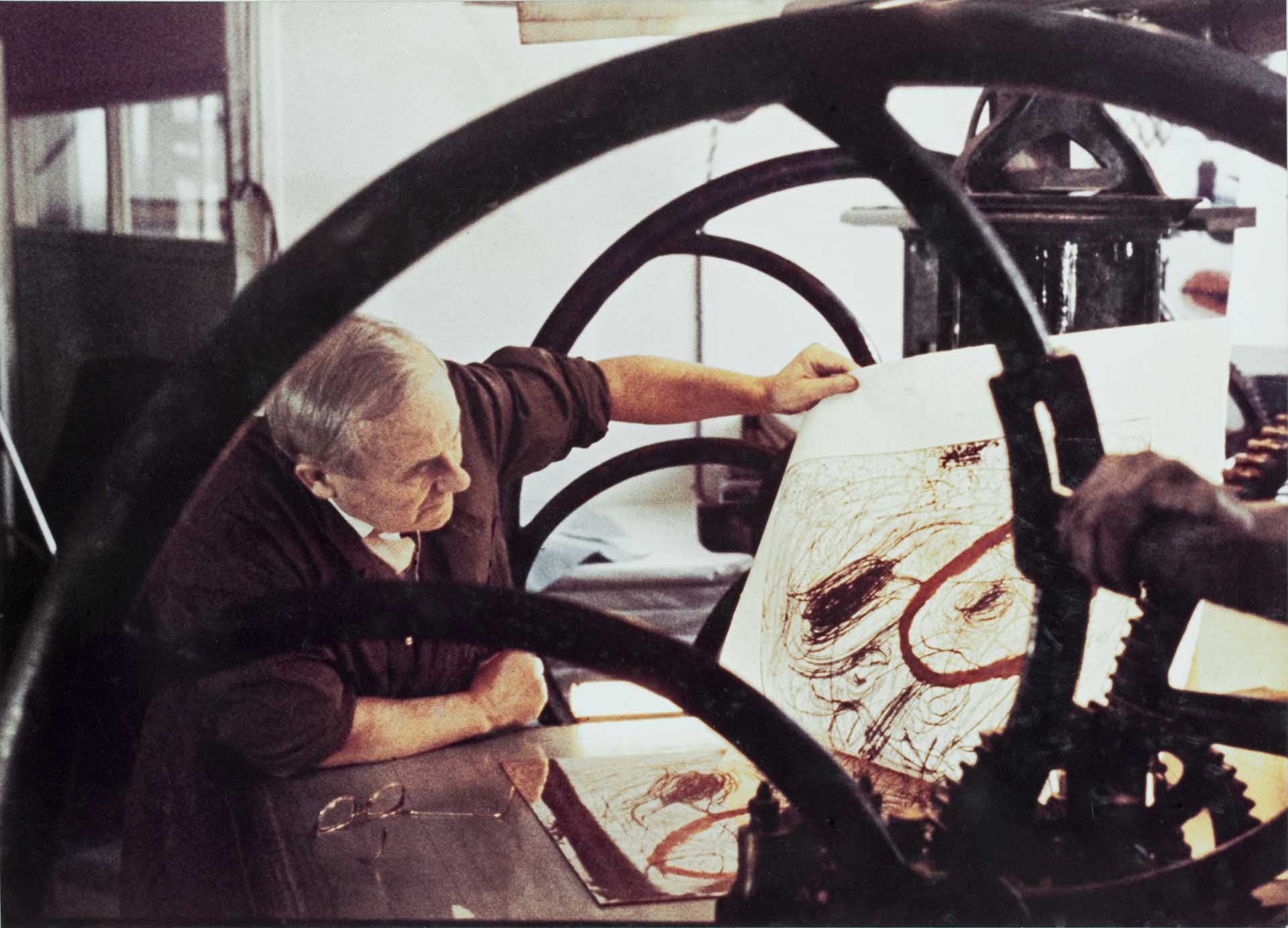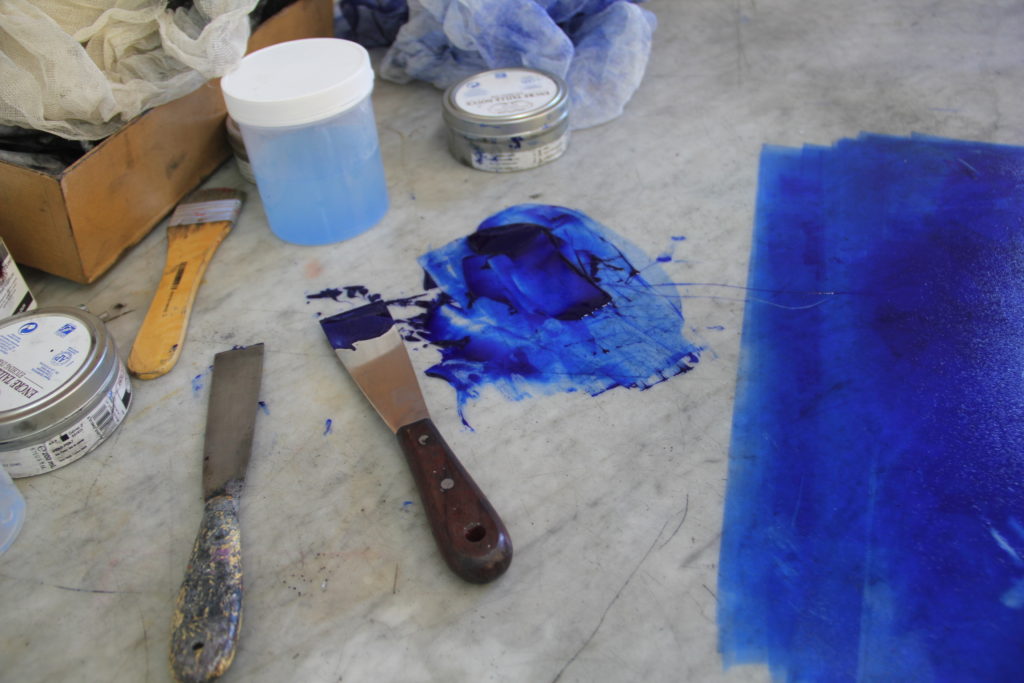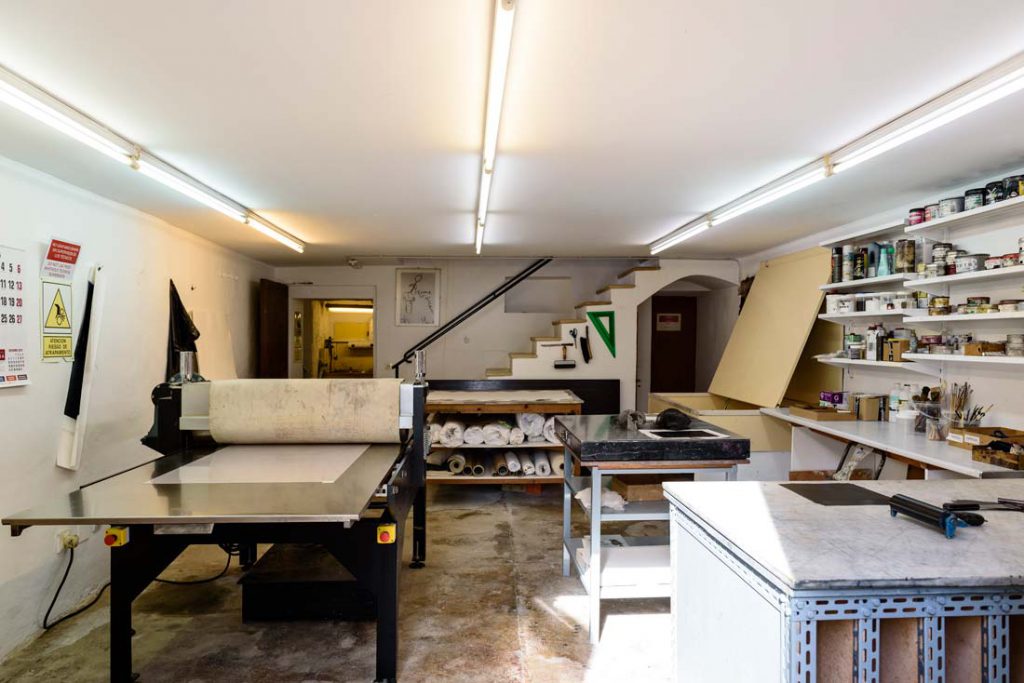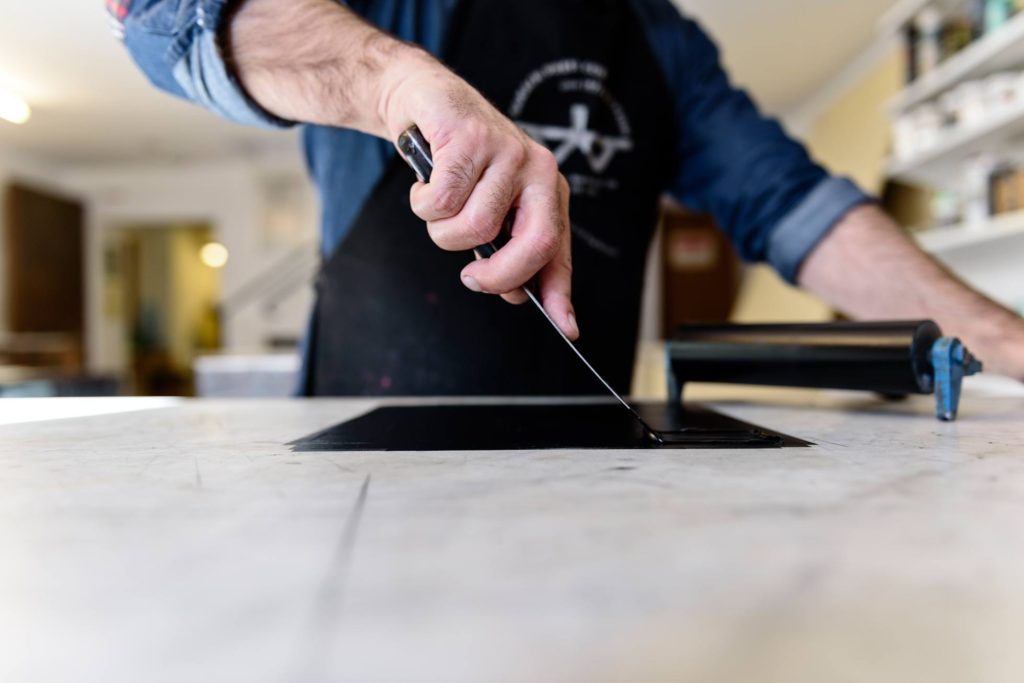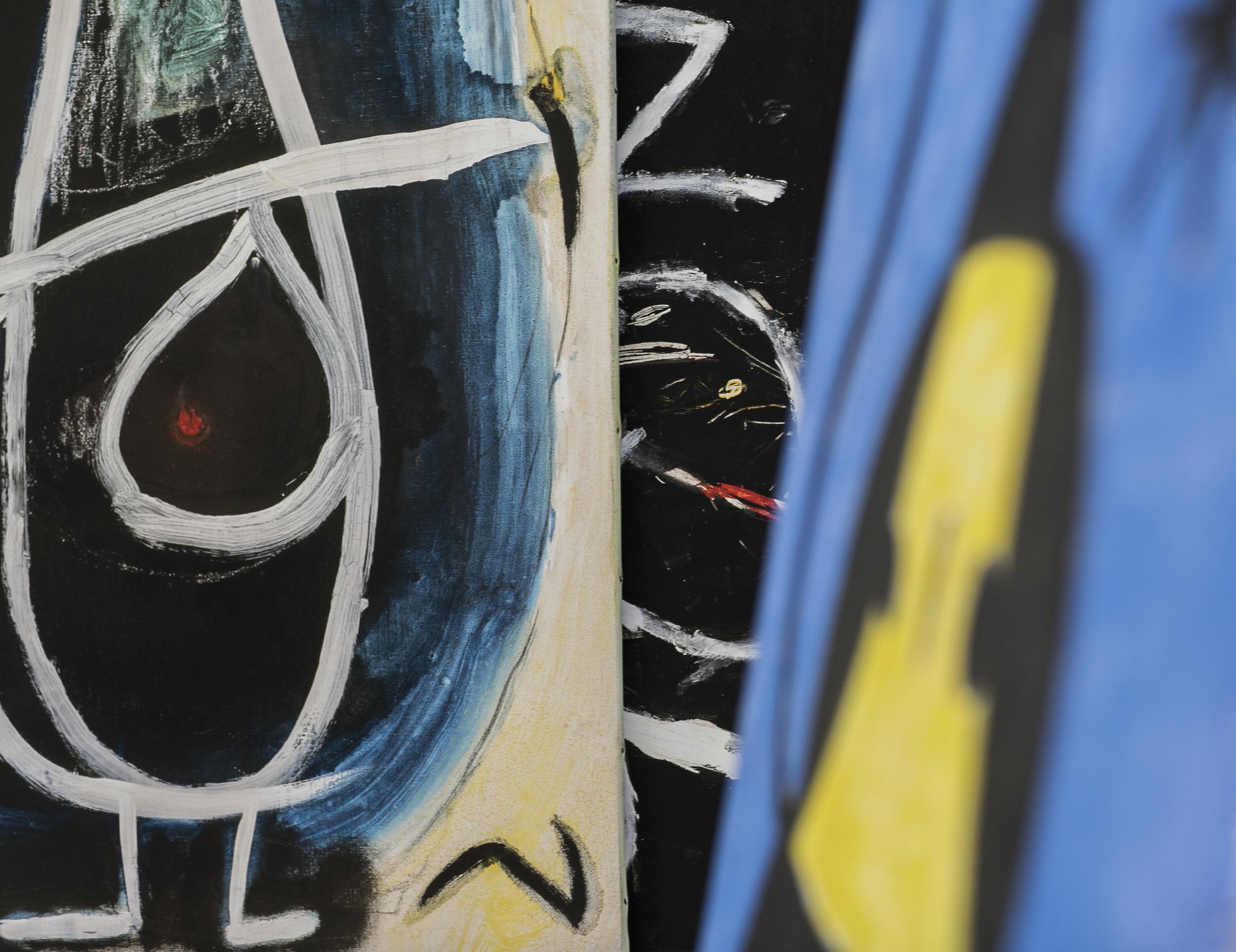Joan Miró's interest in printmaking responds to the constant search for new resources to develop his artistic concerns, and the need of experimentation with the most diverse subjects.

Printmaking allowed Miró a greater dissemination of his art and the approach to a wider audience. Changing the concept of a unique work to the multiplicity of its creations which became an excellent creative resource for the artist.
Joan Miró began in the graphic arts in 1925 thanks to his relationship and friendship with André Masson and the circle of poets and writers that he meet in Paris. Although he made several illustrations of books by different authors such as Paul Eluard, JV Foix, Tristan Tzara, etc., his dedication and more intense production is not given until the 70’s.
From these years thousands of prints and more than one hundred illustrated books will emerge. It is the stage in which it achieves an excellent technical domain as a result of the collaboration of important engravers who participated actively in the creation of these works. A work system involving a team that exchange, suggest and build up an important bound between the mastermakers and the artist becoming part of the final result.

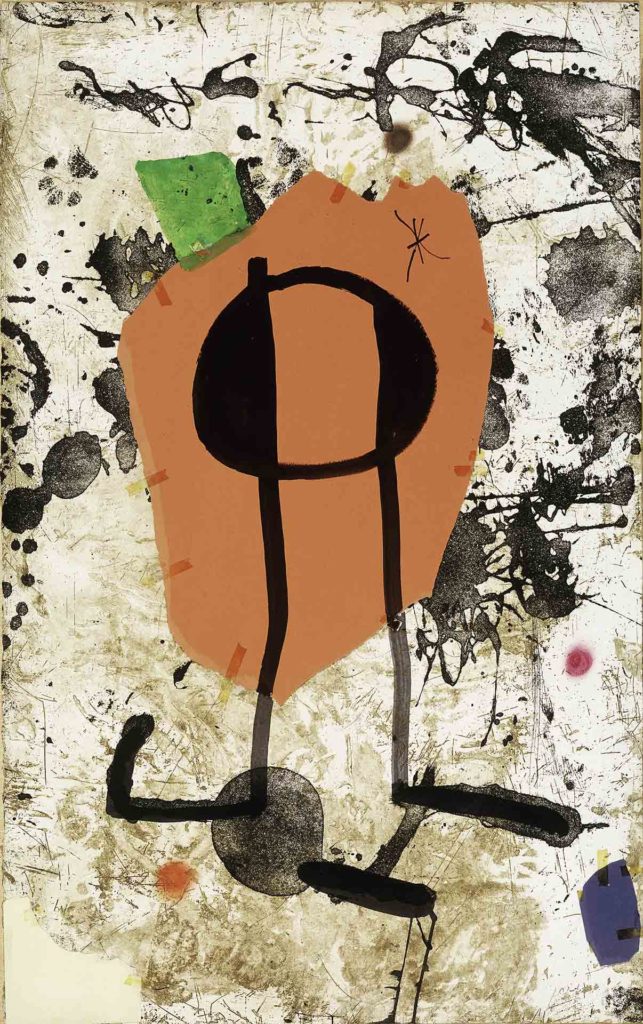

Miró shared his creativity with such important engravers as those of Lacourière, the Atelier Cromerlink et Doutrou, the engraver Fernand Mourlot in Paris, the Atelier 17 by William Hayter in New York, the Workshop 46 by Joan Barbarà, or the Art Lithographs Workshop in Barcelona, founded by Damià Caus.
Likewise, this symbiosis between artist and technician is equally important in other fields, such as ceramics, where he worked with his friend and ceramicist Josep Llorenç Artigas and his son, Joan Gardy Artigas.



